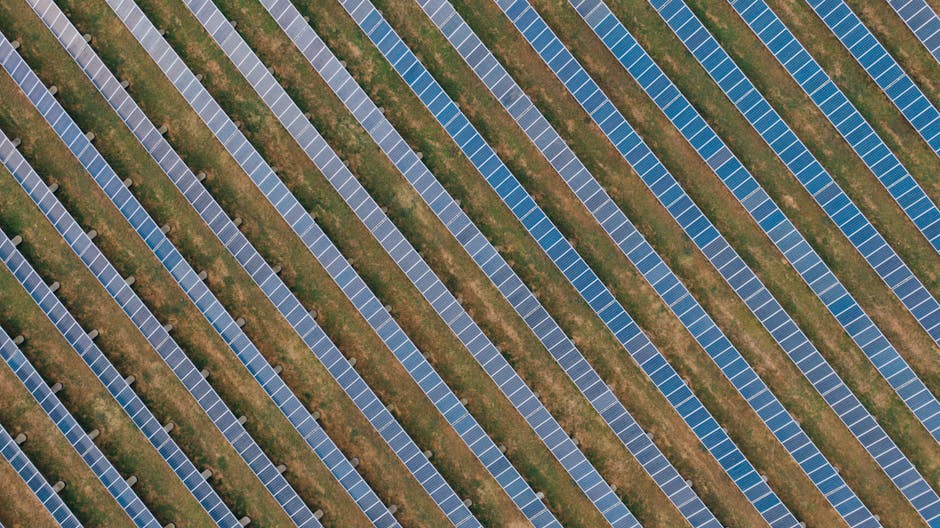Dk Find Out Solar System
The solar system is a fascinating place filled with wonders and mysteries. From the blazing sun at its center to the distant icy comets, there’s so much to explore! In this article, we will take a journey through our solar system, learning about its planets, moons, and other celestial bodies. Buckle up as we embark on this cosmic adventure!
What is the Solar System?
The solar system is a collection of celestial bodies that are bound by gravity to the Sun, which is a star. It includes:
- Eight planets
- Over 200 moons
- Dwarf planets like Pluto
- Asteroids and comets
- Space dust and gas
All these objects orbit the Sun, which provides the light and heat necessary for life on Earth. The solar system is located in the Milky Way galaxy, which is just one of billions of galaxies in the universe!
The Sun: The Heart of Our Solar System
The Sun is a massive ball of hot gases and is the most important star in our solar system. Here are some interesting facts about the Sun:
- It is about 4.6 billion years old.
- The Sun makes up 99.86% of the total mass of the solar system.
- Its surface temperature is around 5,500 degrees Celsius (9,932 degrees Fahrenheit).
- The Sun’s gravity keeps the planets in orbit around it.
Without the Sun, life on Earth would not be possible. It provides the energy that fuels plants, which in turn support all other life forms.
The Eight Planets
There are eight planets in our solar system, each unique in its own way. Let’s take a closer look at each one:
1. Mercury
Mercury is the closest planet to the Sun and the smallest in our solar system. Here are some key points:
- It has no atmosphere, so temperatures can vary greatly.
- Mercury has a surface covered in craters, similar to the Moon.
- It takes just 88 Earth days to orbit the Sun.
2. Venus
Venus is often called Earth’s twin because of its similar size and composition. However, it has a very different environment:
- Venus has a thick atmosphere filled with carbon dioxide, making it the hottest planet.
- It has clouds of sulfuric acid, which are toxic.
- A day on Venus is longer than a year on Venus!
3. Earth
Earth is the only planet known to support life. Here’s what makes it special:
- It has a perfect atmosphere that allows water to exist in liquid form.
- Earth is home to millions of species, including humans.
- It takes 365 days to orbit the Sun.
4. Mars
Mars is known as the Red Planet due to its reddish appearance from iron oxide (rust) on its surface. Some interesting facts include:
- Mars has the largest volcano in the solar system, Olympus Mons.
- It has two small moons named Phobos and Deimos.
- Scientists believe there may have been water on Mars in the past.
5. Jupiter
Jupiter is the largest planet in our solar system and is known for its Great Red Spot, a giant storm. Here are some highlights:
- It has a thick atmosphere made mostly of hydrogen and helium.
- Jupiter has at least 79 moons, including Ganymede, the largest moon in the solar system.
- It takes about 12 Earth years to orbit the Sun.
6. Saturn
Saturn is famous for its stunning rings made of ice and rock particles. Here’s what you should know:
- It is the second-largest planet in the solar system.
- Saturn has over 80 moons, with Titan being the largest.
- It has a very low density, meaning it could float in water!
7. Uranus
Uranus is unique because it rotates on its side. Here are some fun facts:
- It is an ice giant with a blue color due to methane in its atmosphere.
- Uranus has 27 known moons.
- It takes about 84 Earth years to complete one orbit around the Sun.
8. Neptune
Neptune is the farthest planet from the Sun and is known for its deep blue color. Here’s what makes it interesting:
- It has the strongest winds in the solar system, reaching speeds of over 2,000 kilometers per hour (1,200 miles per hour).
- Neptune has 14 known moons, with Triton being the largest.
- It takes about 165 Earth years to orbit the Sun.
Dwarf Planets: The Little Giants
In addition to the eight planets, there are also dwarf planets in our solar system. The most famous dwarf planet is Pluto. Here are some details:
- Pluto was reclassified from a planet to a dwarf planet in 2006.
- It has five known moons, with Charon being the largest.
- Pluto orbits the Sun every 248 years!
Other dwarf planets include Eris, Haumea, and Makemake. These celestial bodies are smaller than the main planets but still hold a significant place in our solar system.
Asteroids and Comets: The Cosmic Wanderers
Apart from planets and dwarf planets, our solar system is also home to asteroids and comets:
Asteroids
Asteroids are rocky bodies that orbit the Sun, mostly found in the asteroid belt between Mars and Jupiter. Here are some facts:
- They vary in size from small boulders




